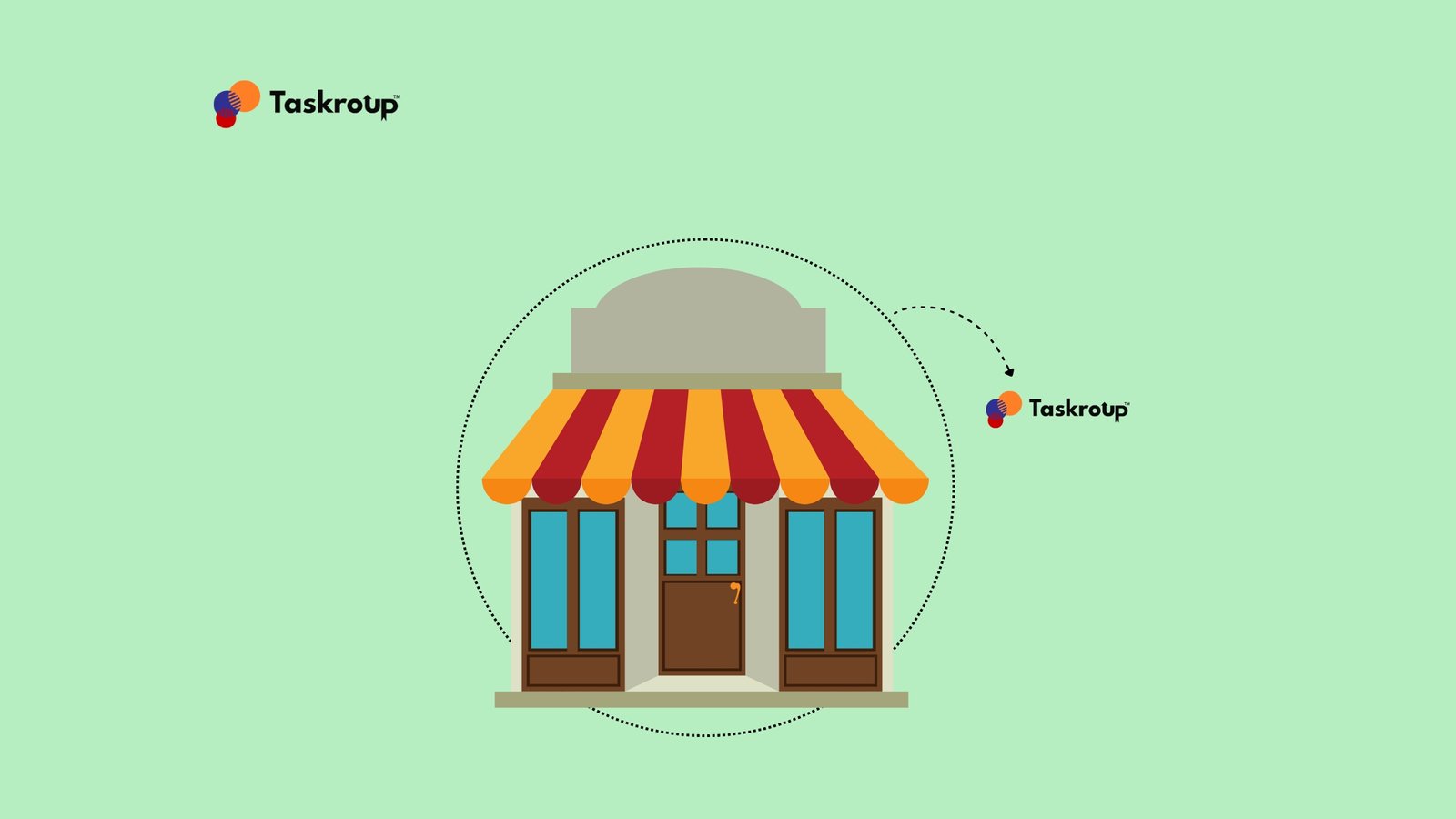Physical Address
304 North Cardinal St.
Dorchester Center, MA 02124
Physical Address
304 North Cardinal St.
Dorchester Center, MA 02124

When it comes to choosing the best project management software for your small business, understanding your business needs is the first crucial step. At Taskroup, we believe that this foundation is essential for selecting the right tool. Here’s how you can go about it: Before diving into the world of project management software, take the time to assess your team’s specific requirements. Consider factors such as the size of your team, the nature of your projects, and the level of collaboration needed.
Next, identify the key features and functions that are essential for your small business. Look for the best project management tool that offers task management, collaboration capabilities, reporting and analytics, integration options, and scalability.
Lastly, set clear budget and timeline parameters for your project management software. Consider the cost of the software, any additional implementation and training expenses, and the timeline for implementation.
Once you have a clear understanding of your business needs, it’s time to research and compare different project management software options. Here’s how you can do this effectively:
Start by exploring the different types of project management software available in the market. From traditional project management tools to more agile solutions, consider what aligns best with your business needs.
Ease of use and customer support are key factors to consider when evaluating project management software. Look for platforms that are intuitive and offer excellent customer support to help you navigate any challenges.
Integration capabilities are another important aspect to consider. Ensure that the project management software you choose integrates seamlessly with your existing tools and systems to avoid any disruptions in workflow.
With your research in hand, it’s time to make informed decisions about the project management software for your small business. Here are some steps to guide you:
Request demos and trials of the software options you’re considering. This hands-on experience will give you a better sense of how each platform works and whether it meets your business needs.
Seek feedback and reviews from other small business owners who have used the project management software you’re interested in. Their insights can provide valuable information and help you make a more informed decision.
Think about scalability and your future growth needs when selecting project management software. Choose a platform that can grow with your business and adapt to your evolving needs over time.
Once you’ve selected the best project management software, it’s time to plan for implementation and transitioning. Here’s what you need to consider:
Create a detailed plan for implementing the software and training your team. Make sure everyone is onboard and understands how to use the new tool effectively.
Consider data migration and compatibility with your existing systems. Ensure that your data can be seamlessly transferred to the new software without any hiccups.
Encourage user adoption of the new software by soliciting feedback from your team. Create mechanisms for ongoing feedback to continuously improve and optimize your project management processes.
After implementing the project management software, it’s crucial to evaluate performance and return on investment. Here’s how you can do this effectively:
Monitor key performance indicators and track project progress using the software’s reporting and analytics features. This will help you identify areas for improvement and measure the software’s impact on your business.
If you encounter any challenges or areas for improvement, don’t hesitate to make adjustments to the software or your processes. Continuous improvement is key to maximizing the benefits of project management software.
After using the software for a period of time, assess the overall benefits and return on investment. Determine whether the software has helped streamline your project management processes, improve collaboration, and drive better outcomes for your small business.
In conclusion, selecting the best project management software for small businesses requires careful consideration of business needs, software options, decision-making processes, implementation strategies, and evaluation measures. At Taskroup, we believe that by following this comprehensive guide, small business owners can make the best choice for their organization’s success.